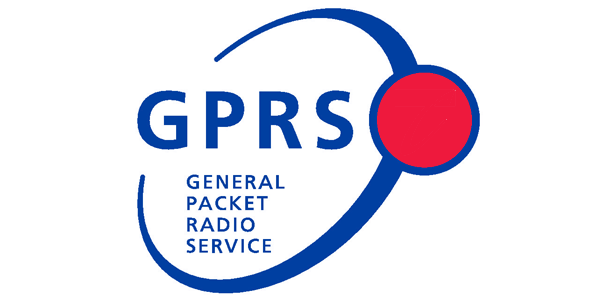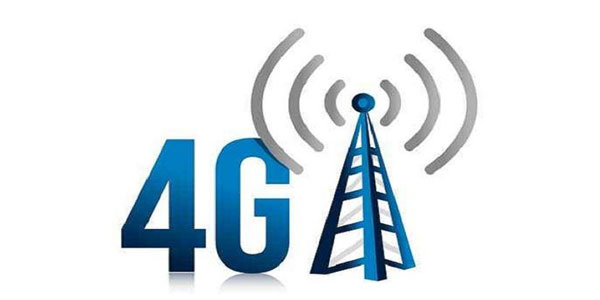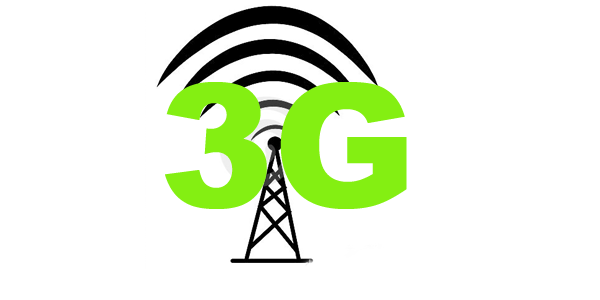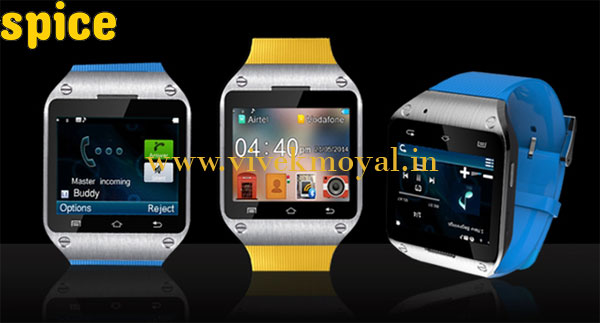Infrared Port is a connectivity option in some high end smartphone. It uses a infrared beam to transfer data from one phone to another. It transfers large data within seconds and therefore is very useful. The only problem in Infrared Port is that it is uni directional and has short range of connectivity. Infrared port was superseded by Bluetooth and…
Vivek Moyal
Python | PHP | Share Trading Tutorials for BeginnersGPRS stands for General Packet Radio Service. It is a packet oriented mobile data service on 2G and 3G cellular communication system’s Global System for mobile communications(GSM). At present, It is maintained by the 3rd Generation Partnership Project(3GPP). GPRS usage is typically charged based on volume of data transferred, contrasting with circuit switched data, which is usually billed per minute…
Wi-Fi is a local area wireless technology that allows an electronic device to exchange data or connect to the internet using radiowaves. The Wi-Fi Alliance defines Wi-Fi as any “wireless local area network(WLAN) products that are based on the Institute of Electrical and Electronics Engineers(IEEE) 802.11 standards”. Many devices can use Wi-Fi, e.g., personal computers, video-game consoles, smartphones, some digital…
4G stands for Fourth Generation. It is the fourth generation of mobile telecommunication technology. A 4G system, in addition to the usual voice and other services of 3G, provides mobile ultra-broadband Internet access, for example to laptops with USB wireless modems, to smartphones, and to other mobile devices. Conceivable applications include amended mobile web access, IP telephony, gaming services, HD…
3G stands for 3rd Generation and is the next generation of technology which has brought a revolution in the telecommunication industry. Apart from increasing the speed of communication, the objective of this technology is to provide various value added services like video calling, live streaming, mobile internet access, IPTV, etc on the mobile phones. These services are possible because the…
High-Speed Downlink Packet Access(HSDPA) is an enhanced 3G mobile-telephone communications protocol in the High-Speed Packet Access(HSPA) family, also known as 3.5G, 3G+, or Turbo 3G, which allows networks based on Universal Tele communications System (UMTS) to have higher data-transfer speeds and capacity. As of 2013 HSDPA deployments can support down-link speeds of up to 42.2 Mbps. HSPA+ offers further speed…
Google Nexus 6 is rumored to be launched in November 2014 to avoid its clash with Samsung Galaxy F and Apple Iphone 6. There are several rumors in the market regarding Nexus 6. Google Nexus 6 is supposed to have a 5.5 inch QHD display(1440 x 2560 pixels) which provide a 534 ppi pixels density. Nexus 6 will have a…
LG G3 the flagship of LG is unveiling on 21th July 2014. The company has official announced a mini version the the flagship as LG G3 Beat. The LG G3 Beat will give a touch competion to Galaxy S5 mini. The LG G3 Beat is expected to come with a 1.2 GHz Quad core processor with Adreno 305 GPU and…
Spice Smart Pulse M9010 is the new low price smartwatch in market. There is Samsung Gear 2 and LG G Watch. Then there is also Moto 360 for you. But Spice has unveiled a revolution of watches with its smartwatch, the Spice Smart Pulse M9010, which costs Rs 3,999. We are here to tell you exactly why we are calling…
// Micromax Canvas HD plus A190, the advance version of the most popular Micromax phone Canvas HD A116 launched on 14th July 2014 at a price tag of Rs. 13,5000. At present, it is only available online. Micromax Canvas HD plus comes with a 1.5 Ghz Hexa Core Mediatek processor along with 1 GB RAM and 8 GB of internal…







